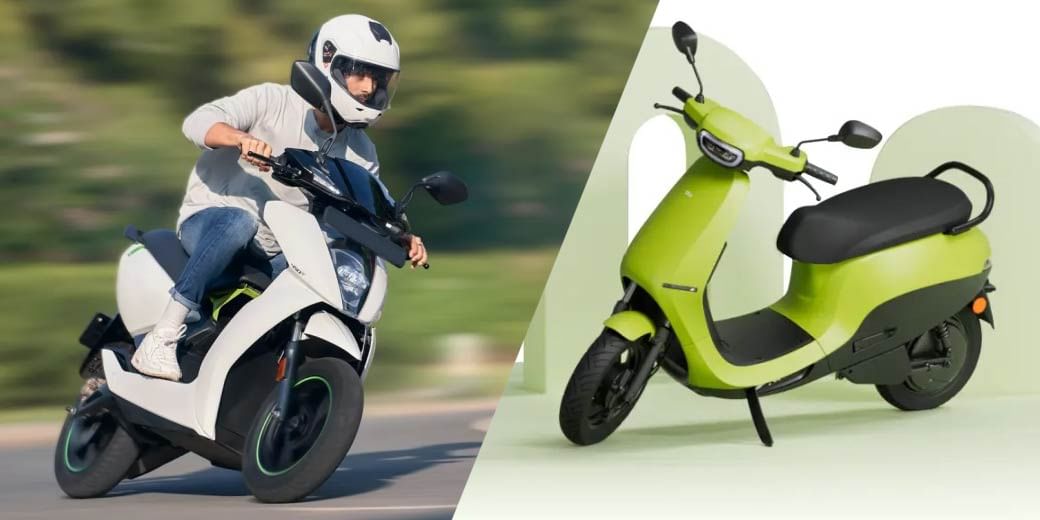Major companies collaborate to address shortage of EV charging stations
In early 2024, the federal government rolled out a plan to achieve its ambitious goal of EVs making up 50% of all new car sales by 2030 and putting together a countrywide network of 500,000 charging stations and it will invest $7.5 billion to help build the charging infrastructure.

One of the biggest roadblocks on the path of promoting the adoption of electric vehicles in India is the absence of a robust an3d widespread charging infrastructure network. Significantly, in the past fortnight, there has been a flurry of activities between big Indian companies to address this shortage.
While of deals is between the Sajjan Jindal-controlled MG Motor India and an Adani enterprises, the other is between Shell and the Tatas.
With an eye to strengthening the charging network for MG Motor models, the company signed an agreement with Adani Total Energies E-Mobility Ltd to set up DC chargers at MG dealerships that would be set up in the coming days. Tata Passenger Electric Mobility and Shell India Markets Private Ltd have also come together to build charging units at locations where there is a lot of movement of Tata EVs. The Tatas are the leaders in this segment with more than 1.4 lakh electric vehicles in the country.
Interestingly, the absence of charging stations is not peculiar to India alone. It is ranked as one of the biggest hurdles the US in confronting to increase the popularity of EVs. Last year, as many as seven automobile majors such as Mercedez-Benz, Kia, Honda, BMW, GM, Hyundai, and Stellantis came together to build a public charging network across the US. The plan is to develop 30,000 high-speed charging stations along highways and urban areas by 2030.
Moreover, in early 2024, the federal government rolled out a plan to achieve its ambitious goal of EVs making up 50% of all new car sales by 2030 and putting together a countrywide network of 500,000 charging stations and it will invest $7.5 billion to help build the charging infrastructure.
In February 2023, there were only 12,146 public EV charging stations, dragging down the electric-vehicle-to-station ratio of 270:1. In comparison, China is in a far better position with 7 electric vehicles per charging station.
India badly needs to push up its EV charging stations by a substantial margin, given the rapid growth of EV population that the country’s policymakers are pushing for. The two past financial years have witnessed about 30 lakh new EV registrations. A CII report has estimated that there must be more than 13 lakh chargers in India by 2030.
Another effort is to produce EV batteries – the heart of any electric vehicle – in the country. Exide Energy Solutions Ltd, a wholly-owned subsidiary of automotive battery leader Exide Industries Ltd, has entered into an MoU with Hyundai Motor and Kia Corporation to manufacture lithium iron-phosphate (LFP) cells for the EV models of these two brands in the country. Exide moved to lithium-ion technologies in 2022.
In order to build its capacity in the fast-emerging sector, the biggest Indian oil marketing company Indian Oil has also collaborated with Japanese electronics giant Panasonic. They plan to manufacture cylindrical lithium-ion batteries for electric two-and three-wheelers. Incidentally, these could also be used for consumer electronics.